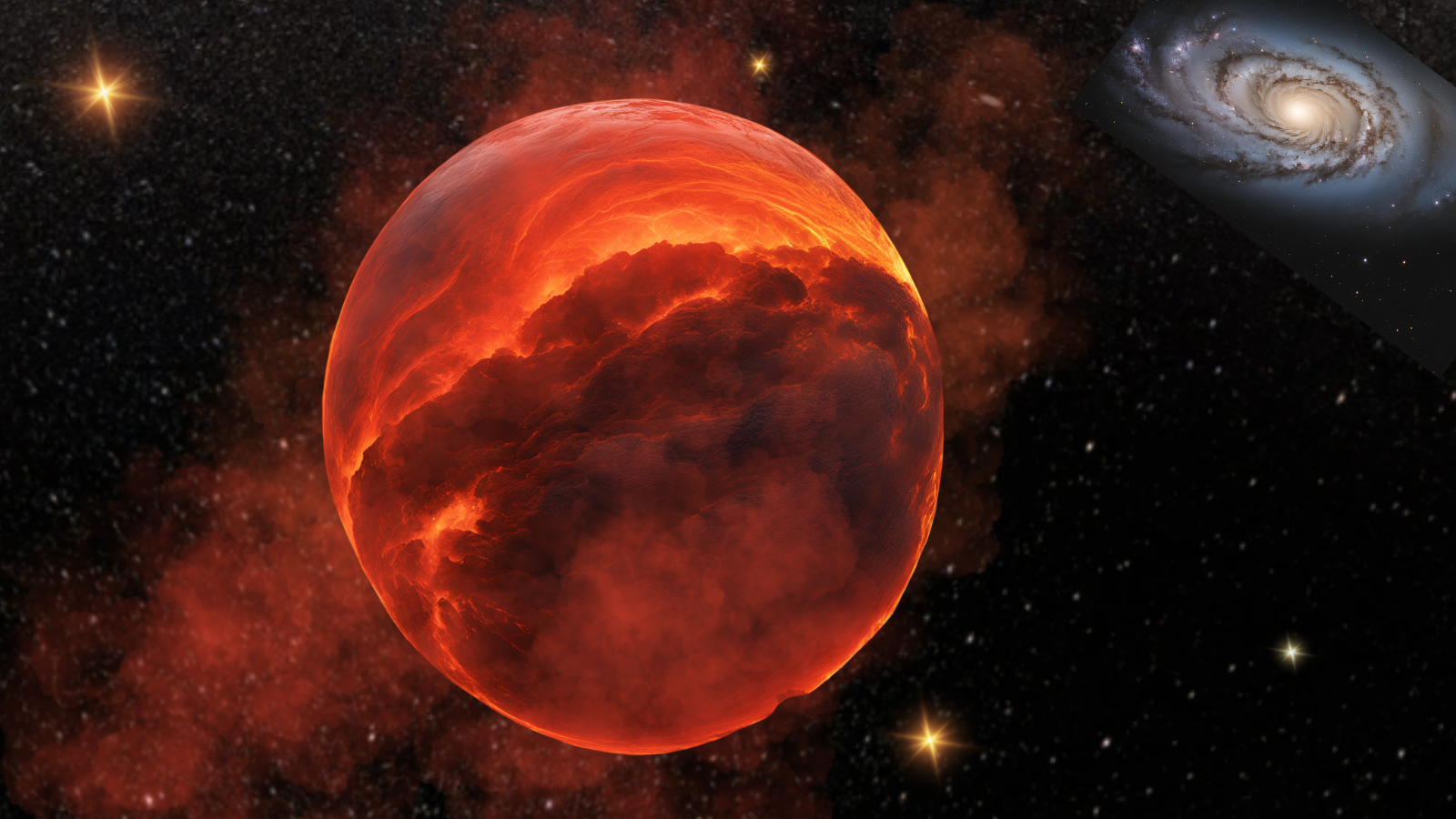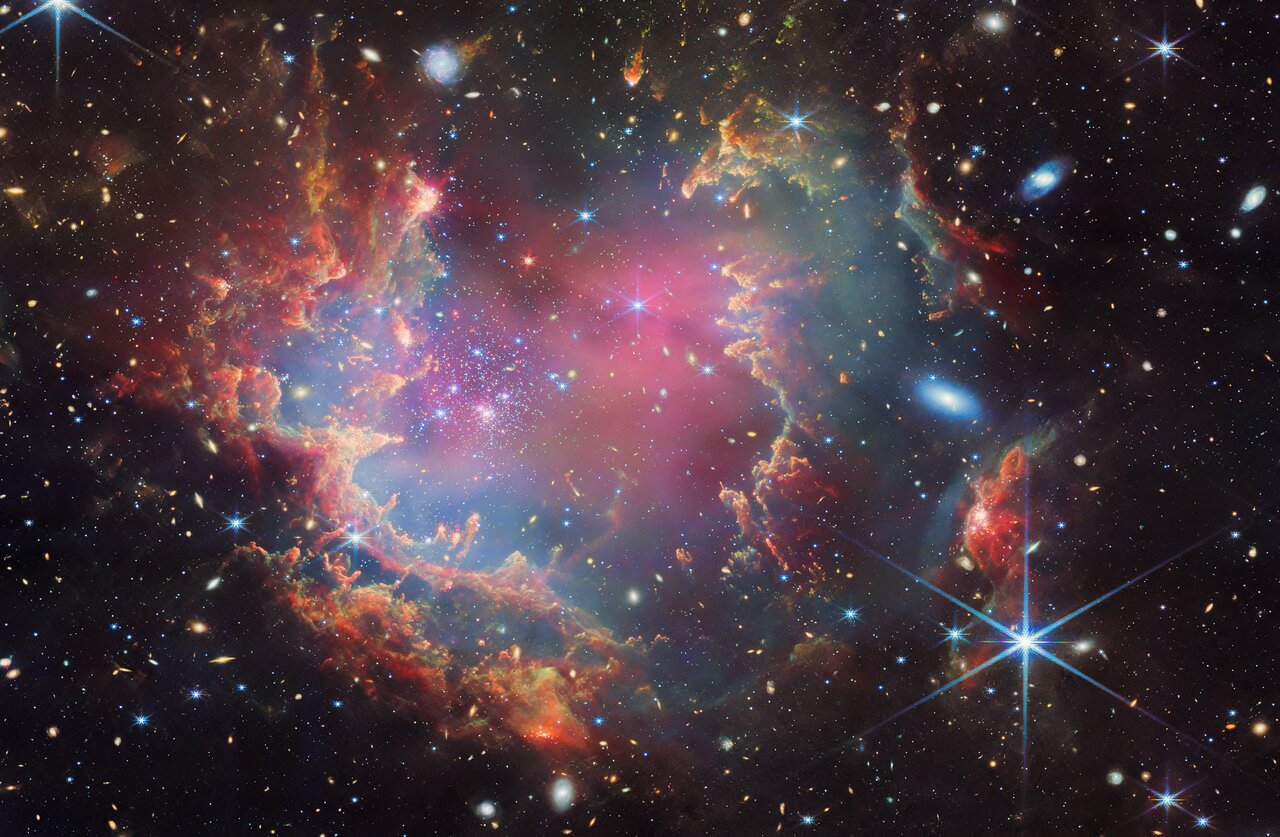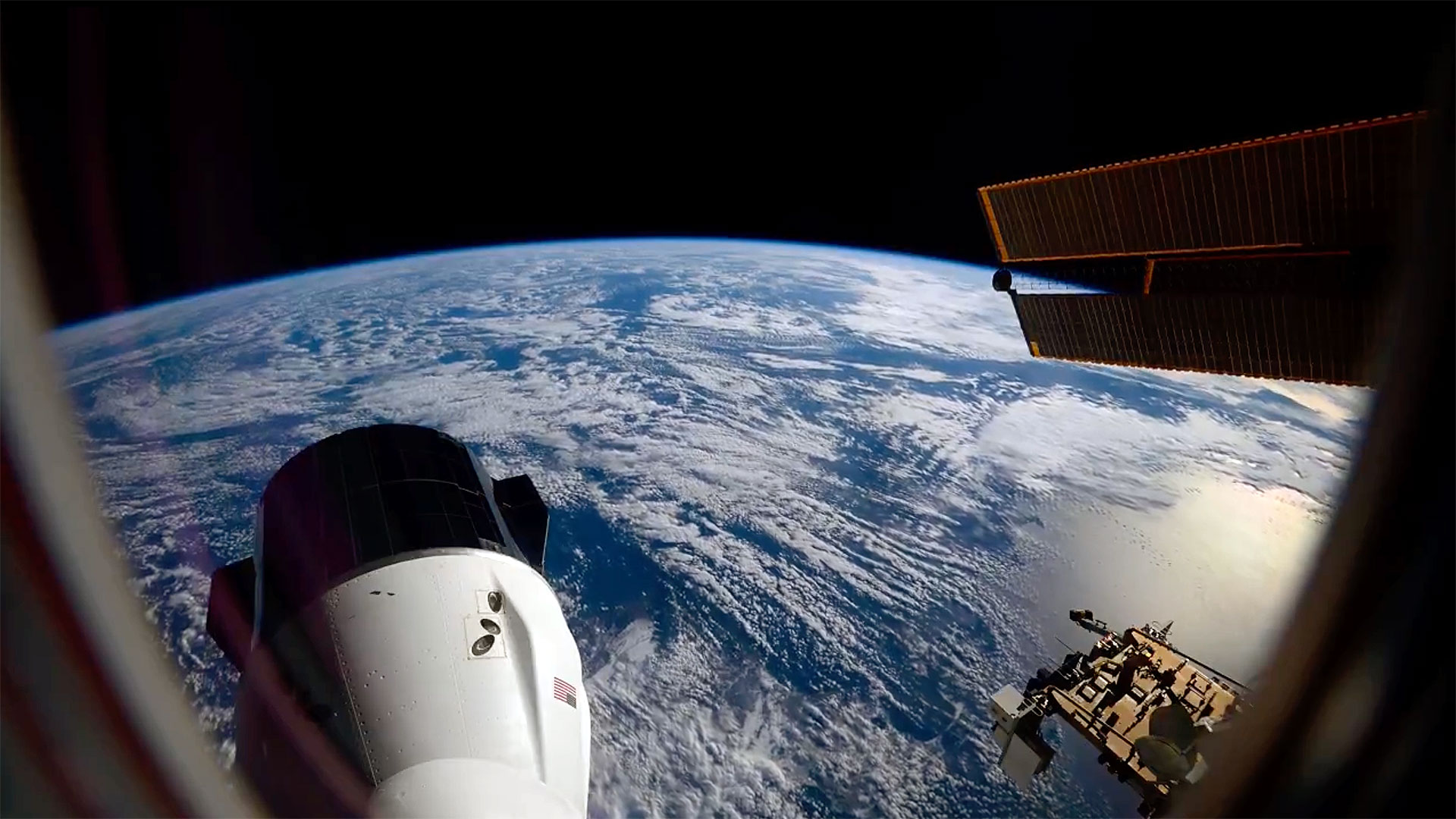James Webb Space Telescope finds 1st 'failed star' candidates beyond the Milky Way
"We are getting closer to unlocking the secrets of how stars and planets formed in the harsh conditions of the early universe."
At this point, astronomers are used to the James Webb Space Telescope pushing the boundaries of astronomy — so it is little surprise that the $10 billion telescope has surpassed itself again.
The James Webb Space Telescope (JWST) — with a little help from the Hubble Space Telescope — may have found a family of so-called "failed star" brown dwarfs in the Milky Way's satellite galaxy, the Small Magellanic Cloud (SMC). If this is the case, it will be the first time astronomers have spotted such bodies beyond the limits of our own galaxy.
The potential brown dwarfs are located at the edge of the SMC, a dwarf galaxy close to the Milky Way, in a young star cluster called NGC 602. NGC 602 is around 200,000 light-years from Earth. This star cluster is well-studied by astronomers because its thick clouds of dust and gas, the building blocks of stellar bodies, are believed to be sites of intense star formation. Star formation in this region of the SMC is further evidenced by an associated patch of ionized hydrogen, called N90. Atomic hydrogen is created when intense ultraviolet light from young stars strips electrons away from hydrogen atoms.
Also, because it has an under-abundance of elements heavier than hydrogen and helium (astronomers call these heavier elements "metals"), regions like NGC 602 and the wider SMC are good proxies for "metal-poor" galaxies found in the early universe.
"By studying the young metal-poor brown dwarfs newly discovered in NGC602, we are getting closer to unlocking the secrets of how stars and planets formed in the harsh conditions of the early universe," team member and University of Arizona scientist Elena Sabbi said in a statement.
The same thick lanes of gas and dust make regions like this fascinating to study. However, those same lanes pose a challenge for astronomers because they absorb visible light.
Long-wavelength, low-frequency infrared light can slip through these clouds without being absorbed, and that is the wavelength of light the JWST studies the cosmos in. This makes the JWST's Near-Infrared Camera (NIRCam) and Mid-Infrared Instrument (MIRI) ideal for studying the SMC and NGC 602. It is little wonder the powerful space telescope has once again broken new ground with the potential first detection of extragalactic brown dwarfs.
Breaking space news, the latest updates on rocket launches, skywatching events and more!
Brown dwarfs fail...
Brown dwarfs are given their slightly unfair nickname of failed stars because they form like stars from a collapsing cloud of overly dense gas and dust but only attain masses between 13 and 75 times that of Jupiter (0.13 to 0.75 times the mass of the sun). This means they can't generate enough pressure and heat to trigger the fusion of hydrogen to helium in their cores, the process that defines a main sequence star.
Brown dwarfs don't just differ from planets in terms of how they form. Unlike most planets, these objects also wander the cosmos untethered to parent stars. They do share some characteristics with gas giant planets such as the composition of their atmospheres and the storms that rage across them.
Thus far, astronomers have detected around 3,000 brown dwarfs, but all of these have been within the boundary of the Milky Way. These extragalactic brown dwarfs seem to confirm theories of how budding stars fail.
"Our results fit very well with the theory that the mass distribution of bodies below the hydrogen burning limit is simply a continuation of the stellar distribution," team member ESA scientist Peter Zeidler said in the same statement. "It seems they form in the same way; they just don't accrete enough mass to become a fully-fledged star."
...But the JWST succeeds
In addition to presenting groundbreaking science, the JWST/NIRCam/MIRI data collected as part of the JWST GO program number 2662 has also brought us a staggeringly beautiful image of NGC 602.
"This discovery highlights the power of using both Hubble and the JWST to study young stellar clusters," team member Antonella Nota, executive director of the International Space Science Institute in Switzerland and the former JWST Project Scientist for the ESA, said in the statement. "Hubble showed that NGC602 harbors very young low-mass stars, but only with the JWST, can we finally see the extent and the significance of the substellar mass formation in this cluster.
"Hubble and the JWST are an amazingly powerful telescope duo!”
The images of NGC 602 captured in April 2023 feature its incumbent star clusters and surrounding dust lanes and gas clouds. They signify a new era of studying local metal-poor galaxies in detail, not possible for the universe's earliest hydrogen- and helium-dominated galaxies located billions of light-years away.
"Only with the incredible sensitivity and spatial resolution in the correct wavelength regime is it possible to detect these objects at such great distances," Zeidler concluded. "This has never been possible before and also will remain impossible from the ground for the foreseeable future."
The team's research is published on Oct. 23 in The Astrophysical Journal.

Robert Lea is a science journalist in the U.K. whose articles have been published in Physics World, New Scientist, Astronomy Magazine, All About Space, Newsweek and ZME Science. He also writes about science communication for Elsevier and the European Journal of Physics. Rob holds a bachelor of science degree in physics and astronomy from the U.K.’s Open University. Follow him on Twitter @sciencef1rst.


